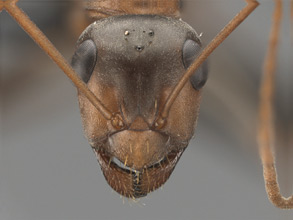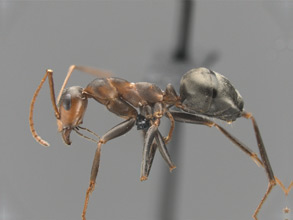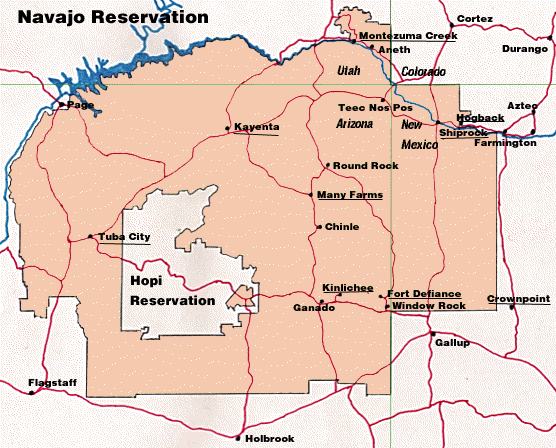- Identification
- The following set of characters, taken as a whole and examined by looking at a number of workers from a nest, may help to differentiate Formica xerophila from other fusca group species presently found on the Navajo Reservation (more species may be found in the future!). Formica xerophila has a slimmer alitrunk, a propodeum that is lower and longer, slightly longer legs, longer scapes, and a dense pubescence, especially on the gaster.
- The fusca group overall is distinguished from other Formica species by their coloration (mainly black or brown body or with a dark colored head and gaster with a darker yellowish mesosoma). Formica xerophila is typically a lighter colored brown than other fusca group species. It can be difficult to key out many fusca species without prior experience, a good reference collection and samples that are part of a nest series. Some rarely used morphological characters (features of the metothorax) are useful for separating the forms into species complexes. A key to the workers is provided in Francoeur (1973).
- Biology
- According to the locations where this ant has been collected it has a preference for arid areas. It primarily nests under stones. In one case it was found with an uncovered ground nest entrance. Formica xerophila has been collected in Pinyon-pine, chaparral and Ponderosa pine habitats. Beyond this, there is currently not much know about its biology.
- additional biology notes...
- Distribution
- Range
- United States. The species is known from a handful of western U.S. states. The map below is from Francoeur (1973) and shows sampled occurrences of Formica xerophila (closed triangles).
- Navajo Reservation Records
- Specimen records being processed.
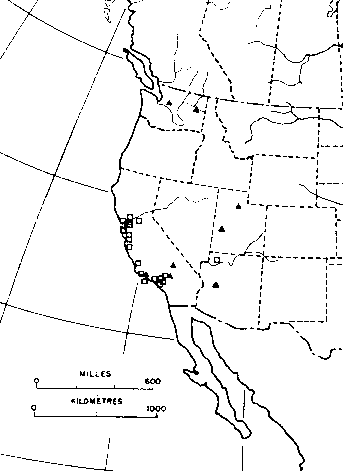
- Additional Notes
- Species from the Formica fusca group are some of the most heavily parasitized ants in North America. Other Formica and Polyergus species exploit fusca group species by enslaving their workers or through new queens parasitizing existing colonies to start their new colonies. The former occurs as the result of brood raids that have the exploitive species infiltrating a nest and carrying off both larvae and pupae. The latter occurs through a newly-mated foreign queen entering a fusca species nest, killing the queen and tricking the workers of the dequeened nest into raising her brood. Through time the fusca workforce is replaced by workers off the new species.
- Etymology
- Ecological. Refers to their affinity for dry desert habitats: xeros = dry, phila = loving
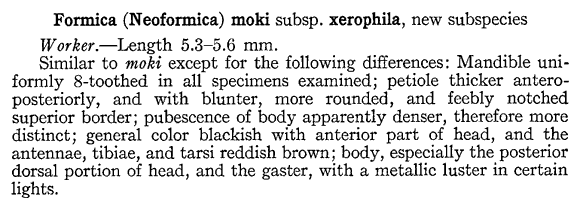
Page authored by David Lubertazzi and Gary Alpert
